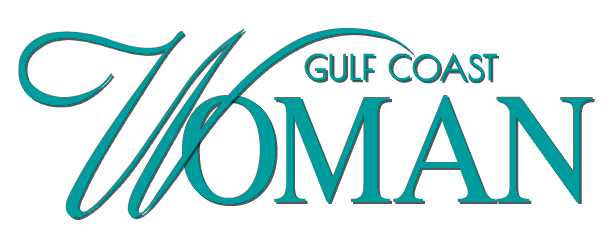A recent study by Boston College reflects what many of us in the financial industry already knew: Americans are not saving enough for retirement. This means that many retirees will experience a lower standard of living in what should be their “golden years.”
What about you? The money you set aside now largely will determine your standard of living in retirement. Are your current saving and spending habits putting you on the path to experiencing a lower standard of living later? Your goal may be to retire with financial dignity, but without a plan, the likelihood of success is slim.
Congress acknowledged the savings crisis and in 2019 passed the Secure Act, in part, to help expand access to workplace savings plans and to improve retirement savings opportunities. They recognized that the law did not go far enough and in late 2022 passed the Secure Act 2.0 to provide additional incentives to strengthen the tax credits offered in the original law and build on the opportunities it presented.
As with any law Congress passes, the rules are vast, and some don’t take affect for a few years. While there isn’t room here to discuss all the details, here are a few things of note.
First is the new rule affecting required minimum distributions, or RMDS, on qualified retirement savings. On Jan. 1, 2023, the age at which you are required to begin taking RMDs changed to 73. In 2030, it will move to age 74; in 2033, it will be 75.
If you are an employer who has not had a workplace retirement plan in the last three years, there are tax credits (credits, not deductions) to cover the initial plan expenses. Once the plan is started, these credits will apply on a declining basis over a five-year period. A tax credit means if you owe $5,000 in taxes and have a $5,000 tax credit, you will owe zero dollars in taxes.
The Secure Act 2.0 allows for a Roth option inside a SIMPLE IRA. It also gives you more flexibility should you choose to transfer your dollars from SIMPLE IRA, which does not include loan options, to a Safe Harbor 401k, which may allow loan options.
An upcoming bright spot will be the ability to add an emergency savings account (ESA) to a 401k plan. Adding this option to your plan will allow an employee to put up to $2,500 into the ESA and withdraw as needed, regardless of frequency. An ESA will be a Roth account, so there will be no taxation, and it will be penalty-free.
Several rule changes are set to take effect on Jan. 1, 2025. One is that any employer beginning a plan on or after that date must automatically enroll employees at a 3 percent contribution level. The contributions are required to be increased by 1 percent each year, up to a maximum of 15 percent. An employee must notify his or her employer in writing to avoid these increases or opt out. These requirements will not apply to plans already in place.
Another important 2025 change will require anyone making more than $145,000 to place any “catch-up contributions” into the Roth portion of their plan. The good news is that in 2025, workers ages 60 through 63 will be able to make higher “catch-up” contributions than other ages.
There is one area I believe the Secure Act 2.0 continues to come up short, something it cannot do — tackle the real reason people aren’t saving enough money. The reasons people give for not saving are endless, but they boil down to one underlying problem: financial education, or lack thereof. Many people don’t know or understand even the very basics of how to manage their money.
If you lack a basic understanding of money and how it works, I encourage you to set aside your pride and reach out for help. There has never been a better time to start your savings and retirement plan.



